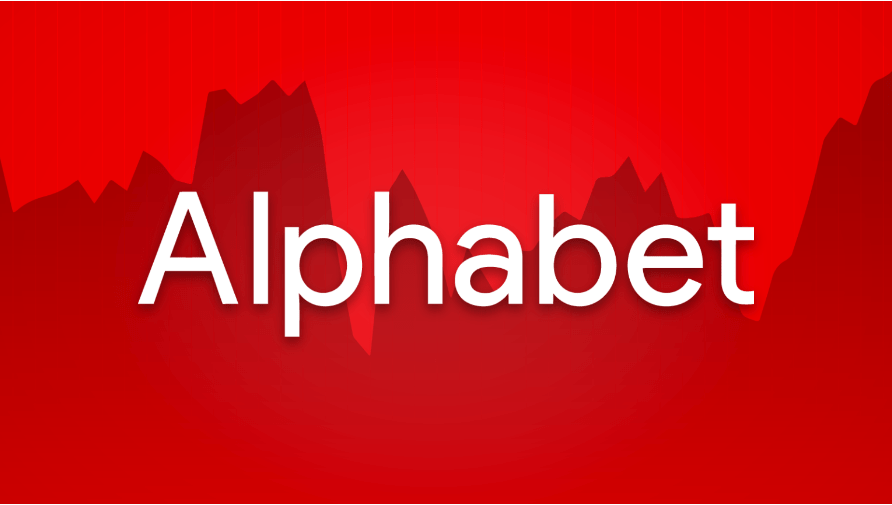Introduction to Stockgpt
Stockgpt represents a revolutionary approach in the realm of financial technology, utilizing advanced artificial intelligence (AI) to enhance stock market predictions. This innovative tool leverages the latest AI algorithms to analyze vast amounts of market data, including past price movements, economic indicators, and global financial news, to provide investors with highly accurate forecasts. As AI continues to evolve, Stockgpt stands at the forefront, offering both novice and experienced investors new tools to assess potential investments and optimize their investment strategies.
The Role of Artificial Intelligence in Stock Market Predictions
Artificial intelligence (AI) has become a driving force in transforming numerous industries, and the finance sector is no exception. Its integration into the stock market operations marks a significant shift toward data-driven investments and decision-making processes.
This advancement is primarily driven by AI’s ability to analyze massive datasets rapidly and with high accuracy, which in traditional methods would take much longer and possibly with less precision.
Understanding Artificial Intelligence in Finance

In the realm of finance, AI encompasses various technologies including machine learning, natural language processing, and predictive analytics. These tools enable financial analysts and investors to decipher market trends and make informed decisions. Machine learning algorithms learn from historical financial data to identify patterns that might be indicative of future market behaviors.
Natural language processing helps in analyzing real-time news, company earnings reports, and financial statements to gauge market sentiment. Predictive analytics uses a variety of statistical techniques to make forward-looking statements based on current data.
Benefits of Using AI for Stock Market Analysis
The integration of AI into stock market predictions offers a multitude of benefits, such as:
– Enhanced Accuracy: AI algorithms can process vast and diverse datasets quickly, reducing human errors and increasing the accuracy of predictions.
– Speed: AI can analyze data and trends in real-time, helping investors to make quick decisions in a fast-paced market environment.
– Quantitative and Qualitative Insights: AI’s ability to combine quantitative data analysis with qualitative assessments (like news sentiment) provides a more holistic view of the market.
– Cost Efficiency: By automating the analysis process, AI reduces the need for extensive manpower and resources, which in turn decreases operational costs.
– Bespoke Investment Strategies: AI can assist in crafting customized investment strategies based on an individual’s risk profile and investment goals, leading to potentially higher returns.
How Stockgpt Works
The innovative approach of Stockgpt in the stock investment arena harnesses the potential of leading-edge AI technologies to revolutionize how investors interact with the market. The core functionality revolves around sophisticated data handling and predictive modeling.

Data Processing and Analysis
Stockgpt begins its operations by aggregating data from a myriad of sources. This data includes historical stock prices, financial news sources, company financial statements, and market sentiment indicators. After collection, the system employs advanced algorithms to cleanse and organize the data, making it ready for in-depth analysis.
This step is crucial as accurate data input significantly determines the reliability of the output predictions. This structured data is then analyzed to detect patterns, correlations, and potential investment opportunities.
Prediction Algorithms and Models
Once the data is processed, Stockgpt utilizes a combination of various AI algorithms and models to forecast market trends and stock behaviors. These may include machine learning models such as regression analysis, classification trees, and neural networks. Each of these models serves a specific purpose—some are used for short-term predictions and others for long-term forecasts.

The AI continuously learns from new data, adapting its models to improve accuracy over time. This dynamic adjustment is what enables Stockgpt to deliver reliable and actionable predictions, empowering investors to make more informed decisions swiftly and efficiently.
In conclusion, Stockgpt showcases the potency of AI in financial technologies by leveraging advanced algorithms to enhance stock market predictions, thereby providing a competitive edge to investors seeking to optimize their investment strategies in the stock market.
Advantages of Stockgpt for Investors
Improved Accuracy in Predictions
Stockgpt employs sophisticated machine learning algorithms that analyze vast amounts of historical and real-time data to make stock market predictions. This AI-driven approach enables a higher level of precision compared to traditional methods, primarily because it can identify complex patterns and trends that are often invisible to human analysts.
For investors, this means access to predictions that have a higher probability of being accurate, resulting in better-informed decision-making. For example, Stockgpt can analyze earnings reports, market sentiment, economic indicators, and even geopolitical events, all of which play a crucial role in determining stock prices. By systematically processing this data, Stockgpt provides investors with a nuanced understanding of potential market movements.
Time Efficiency in Decision-Making
The use of Stockgpt significantly cuts down the amount of time investors need to spend analyzing stocks. Traditional stock market analysis is time-consuming, often requiring several hours of research to make a single investment decision. With Stockgpt, this process is streamlined as the AI quickly processes data and generates insights.
This rapid analysis allows investors to react swiftly to market changes, capitalizing on opportunities that might otherwise be missed if using slower, manual analysis techniques. In sum, Stockgpt not only enhances the quality of decisions but also the speed with which they can be made.
Risk Mitigation Strategies
One of the standout features of Stockgpt is its capability to suggest risk mitigation strategies. By continuously learning from market dynamics and outcomes of previous predictions, Stockgpt can advise on lowering risk exposure. For instance, it might recommend diversification strategies across various sectors or suggest specific stocks that are likely to be less volatile based on its predictive models.
Moreover, it can identify potential risk factors that could impact the stock market, enabling investors to adjust their portfolios proactively. These AI-driven recommendations help investors protect their investments, particularly during volatile market conditions.
Implications of Stockgpt on Financial Technology Sector
Integration of AI in Financial Services
The rise of solutions like Stockgpt reflects a broader trend of integrating AI into financial services. This technology is not only reshaping how investment decisions are made but also transforming operations like risk management, customer service, and fraud detection.
Financial institutions adopt AI to gain a competitive edge, improve efficiency, and enhance customer experiences. As AI becomes more embedded in the sector, it’s expected to drive innovations in other areas of finance, pushing traditional financial institutions to accelerate their digital transformation strategies to keep pace.
Future Trends in AI-driven Investments
The future of AI-driven investments looks promising, with several trends likely to shape the landscape. For starters, the increasing sophistication of AI models, like those used in Stockgpt, will continually improve prediction accuracy and decision-making processes. Moreover, the democratization of AI tools means that more investors, regardless of their size, can leverage advanced analytics that were once only accessible to large institutions.
Additionally, as AI continues to evolve, we can expect it to integrate deeper into sectors such Sci-fi as decentralized finance (DeFi), where it could play a pivotal role in automated trading and asset management. Such advancements will not only refine how investments are managed but also broaden the horizons for what is possible in the financial markets.
Challenges and Limitations of Stockgpt
While Stockgpt represents a significant advancement in the combination of artificial intelligence and stock market analysis, it also confronts various challenges and limitations that must be addressed to maximize its effectiveness and reliability.
Data Privacy and Security Concerns
One of the primary challenges associated with Stockgpt is ensuring the privacy and security of data. Stock market predictions require access to vast amounts of financial data, which often includes sensitive information. Ensuring that this data is handled securely is paramount to maintaining investor trust and compliance with regulatory standards. Steps typically taken to safeguard this information include:
– Implementing advanced encryption technologies
– Establishing strict access controls and audit trails
– Regularly updating security protocols to guard against evolving cyber threats
These measures are critical in preventing unauthorized data breaches and ensuring that the data used by Stockgpt is not only accurate but also secure.
Overreliance on AI Recommendations
Another significant challenge is the potential for overreliance on the recommendations provided by Stockgpt. While AI systems can process and analyze data at an unprecedented scale and speed, they are not infallible.
Factors such as market sentiment, political events, or unexpected global occurrences can rapidly change the market environment, situations for which even the most advanced AI may not be fully prepared. Investors might be tempted to rely solely on AI-driven advice without considering other crucial aspects of investment decision-making such Guest as:
– Human intuition and experience
– Broader economic indicators
– Long-term investment strategies
To mitigate these risks, it is essential to use Stockgpt’s insights as one tool among many in a diversified investment approach. Investors should balance the technology’s capabilities with traditional forms of analysis and personal judgment to make more informed and holistic investment decisions.
Conclusion: The Future of Stock Market Predictions with Stockgpt
The integration of Stockgpt into the domain of financial analysis heralds a promising future for stock market prediction technology. As artificial intelligence continues to advance, its capabilities in decoding complex market trends and data are expected to improve, thereby increasing the accuracy and reliability of predictions. This progress suggests a shift towards more AI-driven investment strategies, which could lead to higher yields and better risk management for investors.
Furthermore, the automation and real-time analysis offered by Stockgpt can democratize access to sophisticated market insights, previously available only to professionals. This can enable average investors to make informed decisions, leveling the playing field in the financial markets. As technology progresses, the fusion of AI like Stockgpt with blockchain and other financial technologies might introduce new innovations, ultimately enhancing the scope and accuracy of stock market predictions even further.






